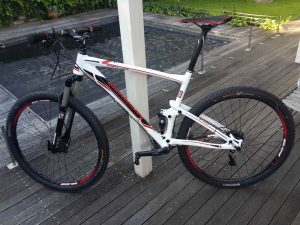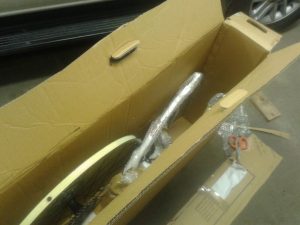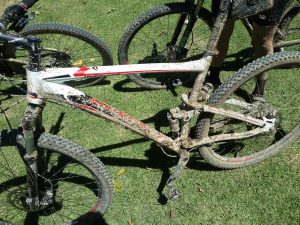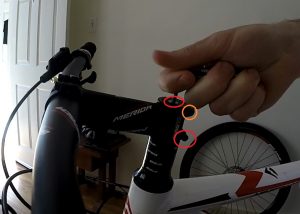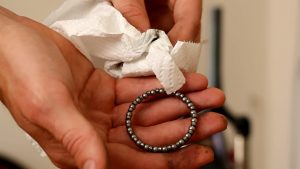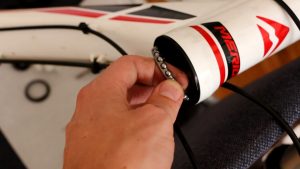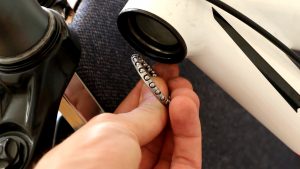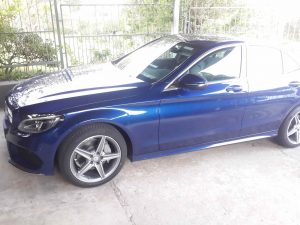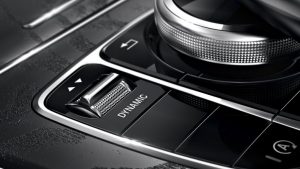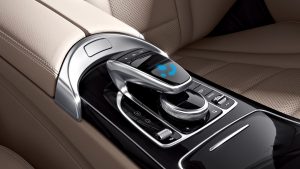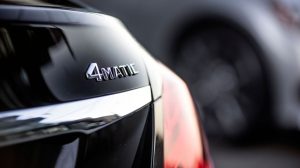I recently got married and moved to the ‘States.
Over the last several months I’ve had to do a lot of admin, below you can find some info relating to some of the topics.
- Civil Marriage in SA
- Home Affairs Department (ID and passports)
- Police Clearance
- US Visa application
- US Work permit
Civil Marriage
Civil marriages can be performed by registered officiants at a number of Home Affairs Departments. The process itself takes only 30min, and is by appointment only. At the end you are given a hand written marriage certificate, with the option to thereafter apply for an abridged or unabridged marriage certificate. At the wedding ceremony the two people getting married as well as two witnesses must present themselves all with valid ID documents. You also require an ID photo for the two people getting married.
Booking is another matter. Not all Home Affairs offices do marriages. I phoned about 10 different offices around the Cape trying to find out the best process. Off the top of my head: Wynberg and Bellville both do marriages, but you are required to go to the office to make an appointment and both were booked up well over a month in advance.
Caledon, Stellenbosch and Somerset West, none of them perform marriage ceremonies. Somerset West does have a marriage ceremony room, but not yet a qualified person, so this may change in the future.
We ended up getting married in Paarl. The Paarl home affairs office has a much shorter waiting list (potentially less than a week). They do however only do ceremonies Tuesday through Thursday, and only until 11h00. The big bonus is they will take appointments over the phone. I had to provide only our ID numbers, and they made a booking for us. On the day we pitched up 15min before the scheduled time, no queues and went straight to ceremony.
You are welcome to have a few friends/family members attend, the room wasn’t big but you could probably get 8 or so people in. The officiant will run through a short ceremony, you can do ring exchange and other traditions if you want.
More info here.
Home Affairs – other
There’s a lot to be said about Home Affairs Departments. With a number of things they have really improved over the last few years, especially with the turn-around time of passports and IDs. This is usually around a week (always less than 2) from the day you apply.
While waiting times at departments can still be extensive, it is at least structured, with you arriving, discussing your topic with a receptionist and receiving a queue number and instructions on where to go, what to do next.
It’s not perfect, but improving and with passport and ID collection being rolled out to certain banks, at least they’re working on the problems.
That being said, major centres have longer queues than smaller centres. Chat to friends and family, often it might worth a half hour drive to a nearby centre to sit in a half hour queue, instead of sitting two hours or more in a busier centre.
There is also a bit of luck involved, with day to day and hour to hour fluctuations which are hard to predict.
Police Clearance
Getting a police clearance is a pain. Applications can only be done through the SAPS. You must go to your nearest police station and request a police clearance. They will ask you to pay an application fee (for me it was R94 I think) and then they will fill out an application form and take all your finger prints manually with ink. You need to bring your ID with as well.
They will then you give the application form with your fingerprints. The SAPS can submit the form themselves, but this is not advised and it can more than double the time it will take to get your clearance back. The SAPS I went to told me I should get it couriered and suggested a nearby PostNet branch that I could do it through. This adds a significant cost, depending on what courier service you use, this is an extra several hundred Rand.
My wife submitted her application through her local SAPS about a month before I submitted mine via courier, and they both got accepted by the Criminal Record Centre in Pretoria at the same time. I also received mine back a good month before she received hers. You can also submit your document yourself at the CRC office in Pretoria. Once received, if a number is provided, you will receive an SMS with a reference number.
When the CRC receive your application, you can start tracking it online here. Note, this is only when the CRC receive it, not when it gets submitted at your local SAPS. Once received it took the CRC 3 weeks to process my police clearance. From registration date to finalised date (terms on their website). Between then you don’t receive any info. You just wait.
For more info, phone numbers, addresses etc, check the SAPS website here.
US Visas
The US Visa system is complicated and encompassing. They have a many different kinds of Visas depending on who you are, where you’re from, and what you are wanting to do in the states. The biggest differentiation they make is between visas with or without intent. Intent refers to intent to become a citizen.
Visas without intent are generally easier to get, but then you can’t use it to jump-start your application for a green card. My wife was going to be at a university, which gave us the choice between two relevant non-intent visas, the J and F visas. Both visas require a sponsor (such as the university she was going to). We opted for the exchange (J) visa instead of the student (F) visa. The biggest reason for this, is that I would need a spousal visa to come with her to the states.
In the US, a J1/F1/H1 etc visa is given to the main applicant, and spouses and dependents can apply for the equivalent number 2 visa, J2/F2/H2 etc. The J2 has the benefit over the F2, in that as a J2 visa holder you are allowed to apply for work authorisation and thus undertake any work you find while in the US. As an F2 visa holder you are only allowed to study, and not undertake employment.
The biggest drawback of the exchange (J) visas is that at the end of your time in the US, you have to return to your home country for 2 years before applying for an intent visa. This is because you are deemed to have benefited from your time in the US, and you need to return to your country to impart that knowledge/skills. That is the point of the exchange visa.
Applying for US visas is a step by step process. If you follow all the steps, and tick all your boxes you should get your visa. It can be a time consuming process, but ultimately worth it. Depending on your visa type there will be a number of forms you require before making an appointment, including completing online background check forms. Waiting times for appointments is generally less than a week.
This culminates in an appointment at your local embassy. We interviewed at the Cape Town US Consulate General in Steenberg. We had an appointment at 08h15, and they seem to schedule several people every 15min. There is no parking at the embassy, with the nearest parking a few hundred metres down the road at Steenberg Village.
Try take as little with you as possible, only required documentation. You will be asked to leave bags, cellphones and other electronics at the desk. They have some lockers provided.
Our appointment was very quick, we spoke to two different people, showed them all our documentation, and left the consulate within 15min of arrival, however you don’t know outcome of your application until you receive your passport back. Ours took only two days, and we received our passports via courier.
All in all a long tedious process. But if you follow the steps, it should work out. The US government websites are fairly insightful and have all the information you require.
US Work Permit
As the holder of a J2 exchange visa (along with a number of others), you are able to apply for a work permit, also known as Employment Authorization. On the J2, you are only allowed to apply for employment authorization once you arrive in the US.
Note: This process is completely different to someone trying to get a temporary work Visa such as an L1 or H1-B.
Once again the process is relatively straightforward requiring one to fill in the necessary forms, pay the required amounts and wait. The necessary form is an I-765. I submitted my form via post and received SMS notification about a week later. A reference number is provided, but it may take up to 45 days for this reference number to register on their website.
For a J2 to receive a work permit, one must show that the J1 and J2 do not require the income from the J2 to sustain themselves in the US. I supplied letter of funding from my wife’s university along with bank statements in my wife’s name showing that she has sufficient funds to support us during our time here.
Along with this they require copies of your DS2019 (Certificate of Eligibility) and most recent I-94 (US Admission Record) as well as a cheque for $380.
The process should not take more than 3 months. I am still waiting, but I am only in month 2 at the moment. Hoping to hear back soon :) During the process you may be required to show up in person for an interview and so bio-metric data can be taken.
Most people I’ve spoken to who have applied have received their work permits, although often taking 4 months for the whole process to be completed. There is no guarantee though.

